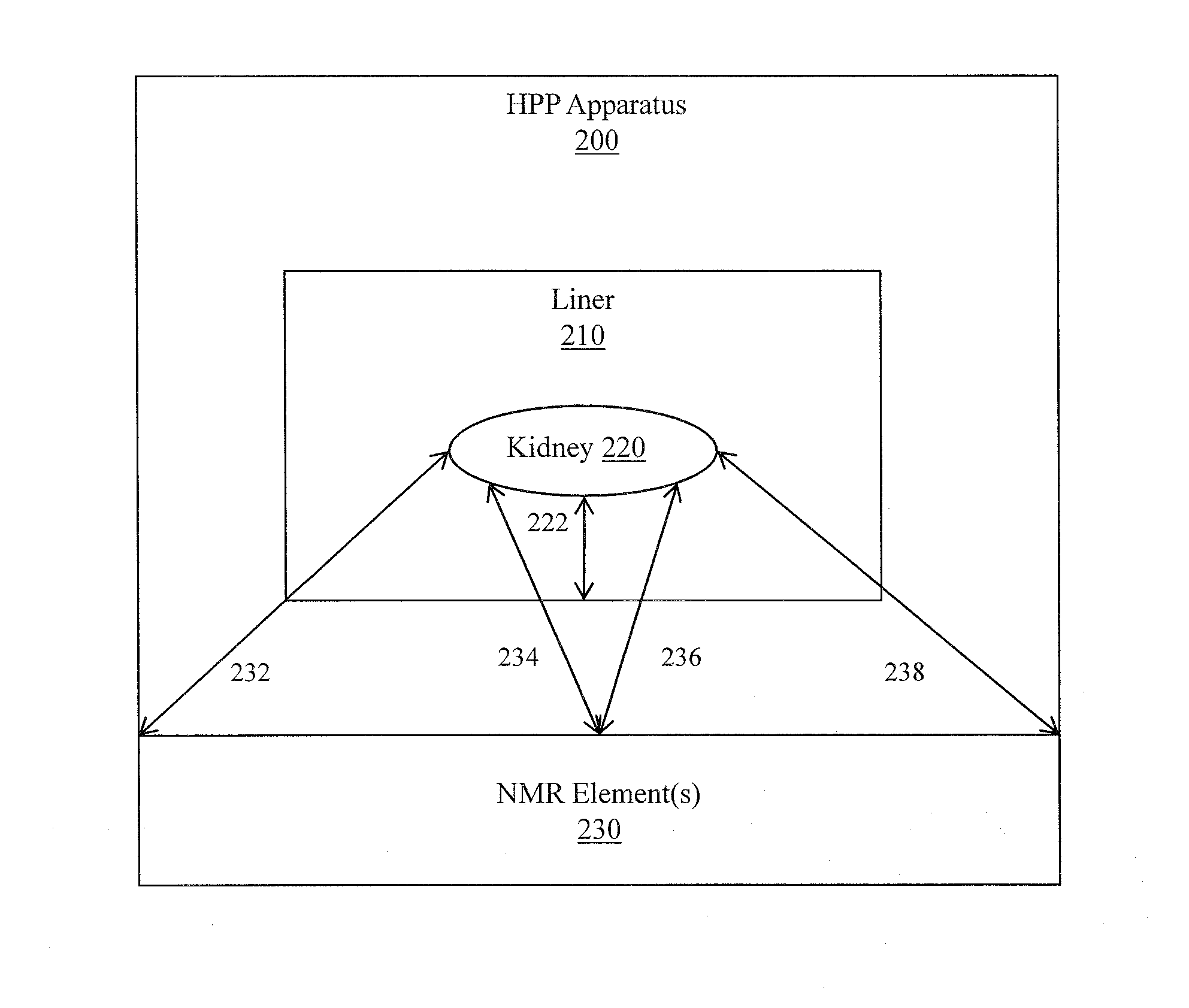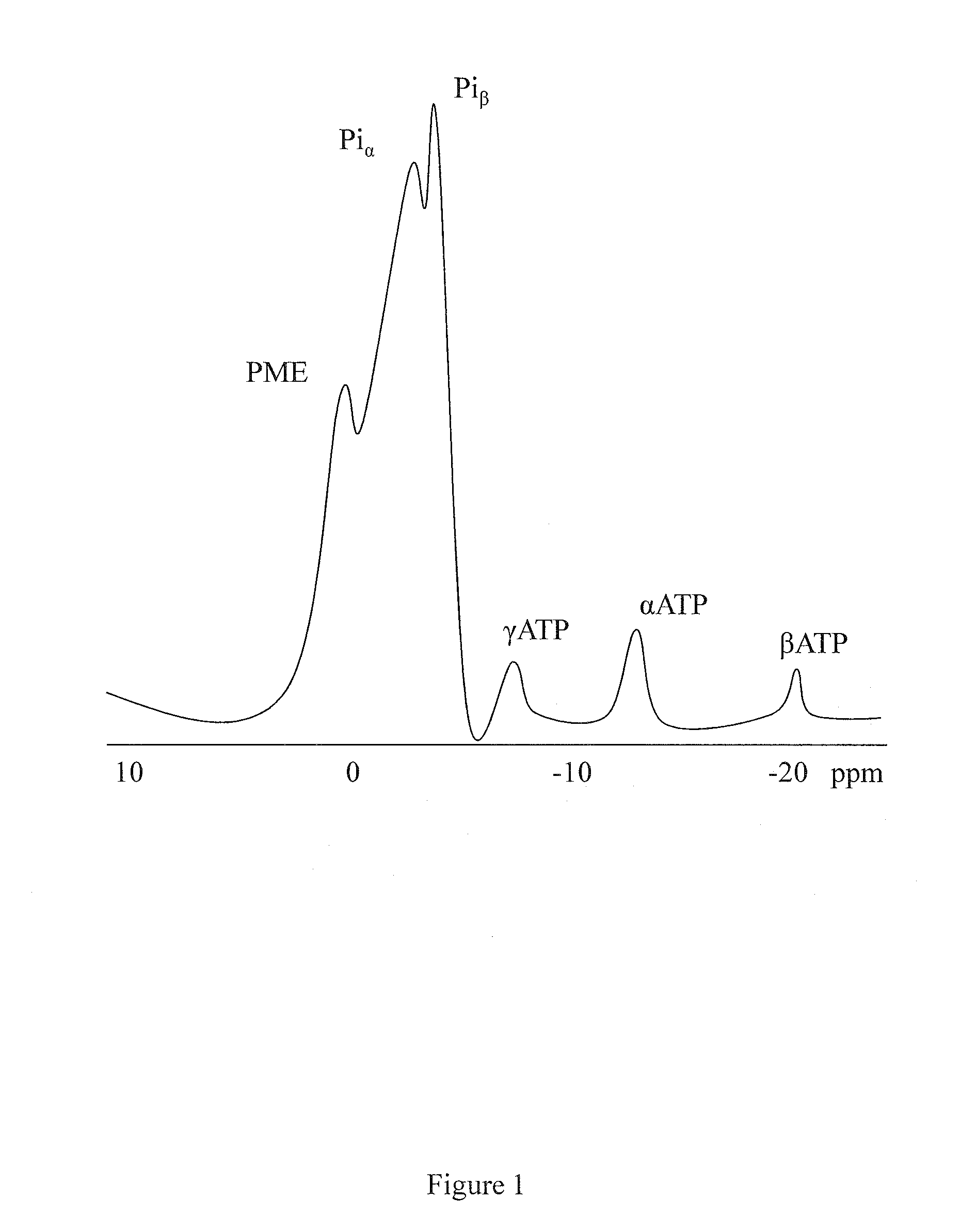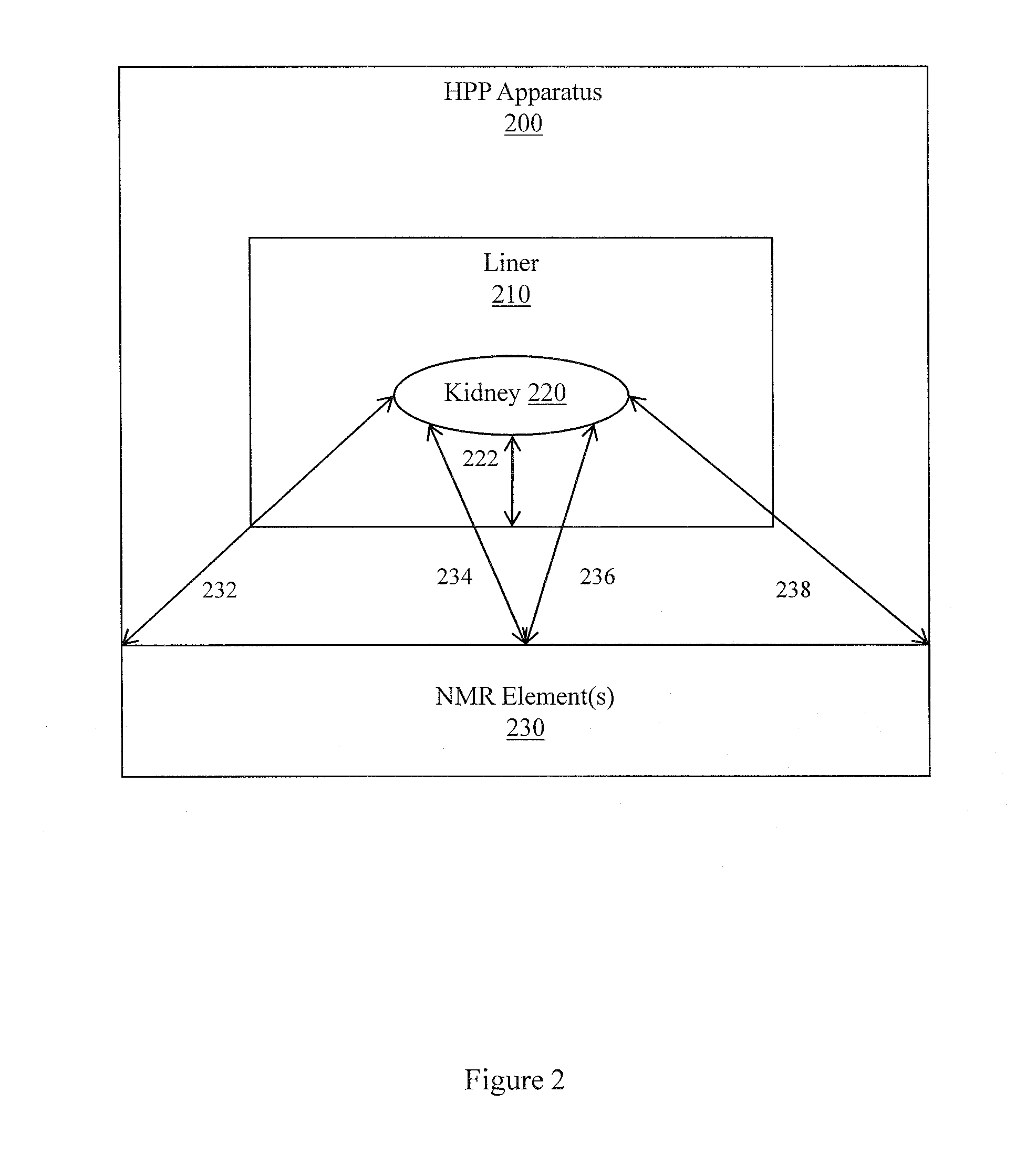Organ viability
a kidney and organ technology, applied in the field of organ viability, can solve the problems of affecting the hemodynamics and metabolism of local tissues, no objective, quantitative, non-invasive method to determine whether a kidney is viable, and unreliable and/or undesirable effects
- Summary
- Abstract
- Description
- Claims
- Application Information
AI Technical Summary
Problems solved by technology
Method used
Image
Examples
Embodiment Construction
[0016]Described herein are example apparatuses and methods associated with a dedicated MR apparatus configured to interact with an HPP apparatus that is integrated with at least one MR specific element (e.g., coil, magnet). In one embodiment, the dedicated MR apparatus performs MRS on an organ in the HPP apparatus using a high field (e.g., 3T) with a conventional pulse sequence. In another embodiment, the dedicated MR apparatus performs MRS on an organ in the HPP apparatus using a lower field with an organ viability specific pulse sequence (OVSPS) that acquires organ viability specific data in a shorter period of time than conventional systems.
[0017]More generally, described herein are example apparatuses and methods associated with improving workflow and accuracy in determining organ viability. Example apparatuses integrate one or more MR elements (e.g., coil, magnet) into an organ holding container. Example dedicated apparatuses are configured to work with the integrated container...
PUM
 Login to View More
Login to View More Abstract
Description
Claims
Application Information
 Login to View More
Login to View More - R&D
- Intellectual Property
- Life Sciences
- Materials
- Tech Scout
- Unparalleled Data Quality
- Higher Quality Content
- 60% Fewer Hallucinations
Browse by: Latest US Patents, China's latest patents, Technical Efficacy Thesaurus, Application Domain, Technology Topic, Popular Technical Reports.
© 2025 PatSnap. All rights reserved.Legal|Privacy policy|Modern Slavery Act Transparency Statement|Sitemap|About US| Contact US: help@patsnap.com



